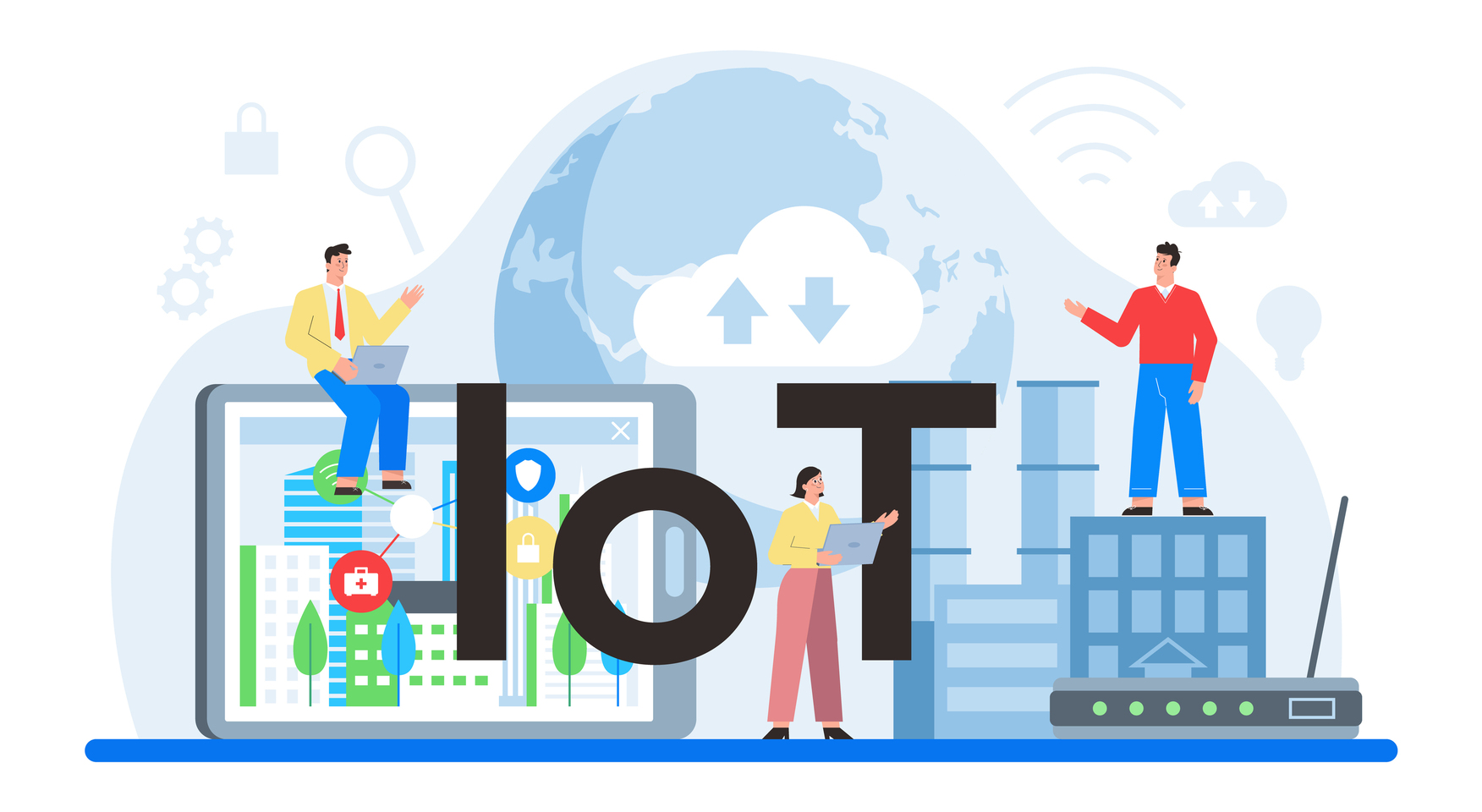
A Tailored Solution for Utilities
Workshop, Nov 15, 08:30 am PST
By:
OMA SpecWorks
|
2023-Nov-15
The Internet of Things (IoT) has revolutionized how we interact with devices and the world around us, and the utility industry is no exception. The ever-increasing use of smart meters, sensors, and other connected devices has led to the need for a standardized approach to managing these devices. That's where the Lightweight Machine-to-Machine (LwM2M) protocol comes in. In this blog, we'll explore how LwM2M can effectively manage diverse device ecosystems, enhance security, and optimize operational efficiency within the utility industry. We'll delve into real-world examples and tailored use cases to show you why LwM2M is not a one-size-fits-all solution but a customized answer to your industry's needs.
Unlock Savings and Efficiency: One of the primary benefits of LwM2M is its ability to streamline field area management operations and generate substantial cost savings in meter management. Traditional methods for managing meters and other devices require expensive infrastructure and hardware upgrades, which can take years to implement. LwM2M simplifies this process, making it easier for utilities to manage their devices, reduce operational costs, and increase efficiency.
Embrace Industry Standards: The Open Mobile Alliance (OMA) promotes open, industry-wide standards, and LwM2M is part of that standardization effort. Our whitepapers demonstrate how LwM2M can seamlessly integrate into the utility sector, fostering interoperability and innovation across the industry. By embracing industry standards, utilities can avoid proprietary solutions that might be costly and difficult to integrate into existing systems. LwM2M offers a flexible and customizable approach to IoT device management that utility companies can leverage to optimize their operations.
Make Informed Decisions: Making informed decisions about technology investments is critical for utility companies navigating today's complex IoT landscape. Thanks to LwM2M, utilities can access invaluable resources that provide detailed information, use cases, and rationale for selecting LwM2M. These resources provide a comprehensive look at the protocol and its benefits, giving utility companies the insights they need to make informed decisions.
Engage with Industry Leaders: Finally, our LwM2M workshop serves as a platform for utility companies, technology providers, and regulatory bodies to connect. Together, we'll advance utility management practices and drive innovation. The workshop offers opportunities to learn from industry leaders, share best practices, and engage in collaborative projects. This kind of collaboration drives better outcomes, helping to ensure that utility companies have access to the best tools and resources for managing their IoT ecosystems.
Conclusion: LwM2M offers a tailored, cost-effective approach to managing IoT devices specifically designed for the utility industry. Utilities can leverage the protocol by embracing industry standards to optimize their operations, improve efficiencies, and drive innovation. The white papers, resources, and workshops offered by the Open Mobile Alliance provide the tools and information utility companies need to make informed decisions and succeed in today's IoT landscape.
See previous OMA Utility Workshops here
